Autumn has arrived in Rio de Janeiro, and it is not every day that it will be possible to enjoy one of our beaches or lookouts.
Fortunately, the city is full of cultural attractions. And, in this post, we will list 8 must-visit museums in Rio de Janeiro. Escape to one of them when the rain solves to fall, the heat is excessive, or your skin needs a rest of the carioca sun.
** Please note that we will leave Cultural Centers for an upcoming post. This is only about museums. To follow the news of this blog, access our Instagram.
1. Republic Museum (Museu da República)
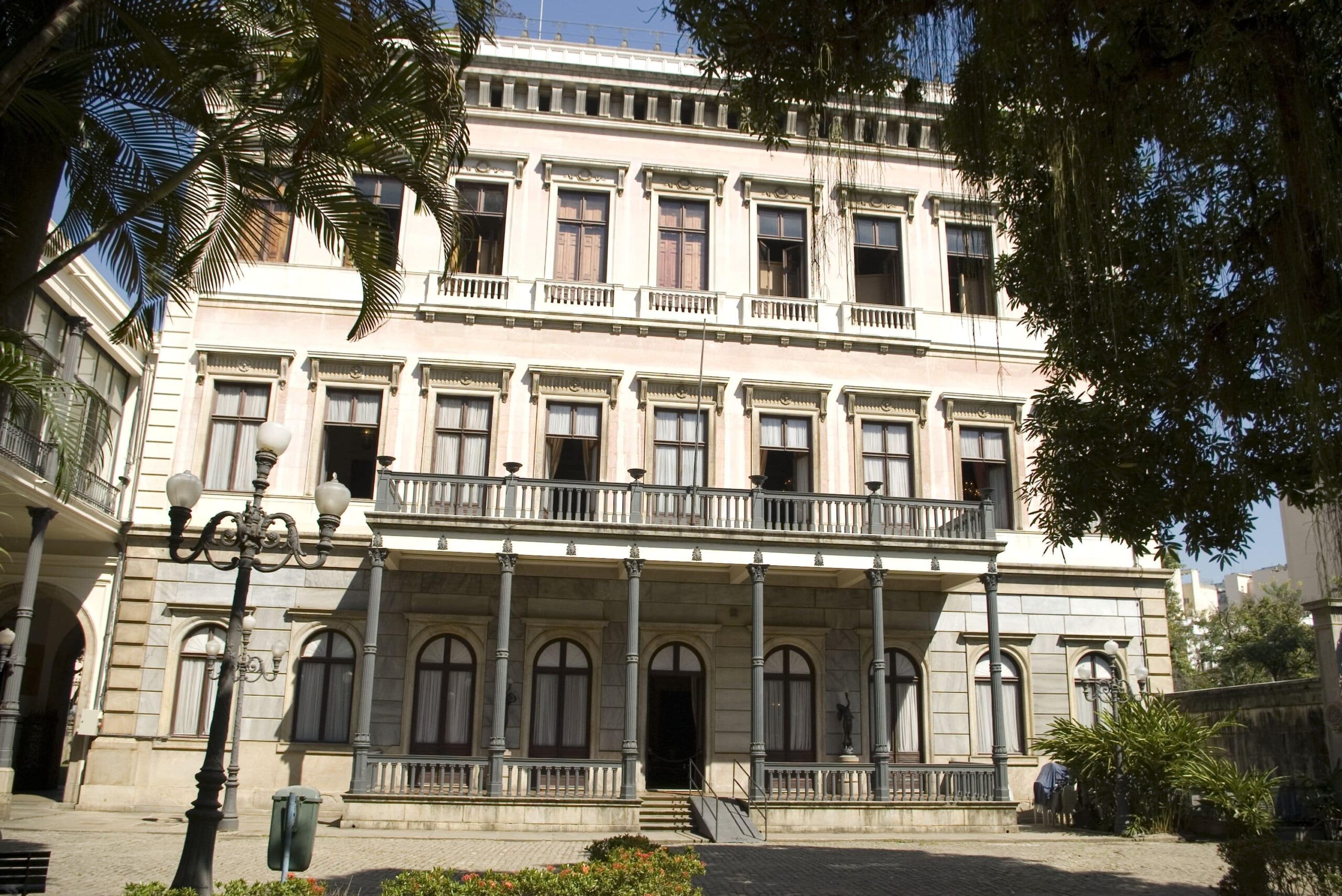
Occupying a 19th-century mansion built by a wealthy family of the time, the Republic Museum holds some of the Republican History of the country. The building was the presidential house until 1960 when Brasília happened to be the new capital of Brazil. After this transition, the place was transformed into a museum. In its interior, a decoration typical of the late nineteenth century, much more exquisite than the one you would find in the Palace of St. Christopher and the Imperial Palace of Petropolis, inhabited by the Brazilian imperial family before the proclamation of the Republic. On the third floor, the room of the former president Getúlio Vargas, who committed suicide in 1954, remains intact. During your visit, do not forget to stroll through the beautiful gardens. Your tour can be even better with a café and a movie session promoted by the museum itself. Or with a visit to the National Center for Folklore and Popular Culture, right next door.
How to arrive: By subway – Line 1 Catete Station.
** Republic Museum | Catete Palace:
Catete Street, 153 – Catete.
Tuesday to Friday, from 10am to 5pm. Saturdays, Sundays and holidays, from 11am to 6pm. (The gates are closed 30 minutes before the closing of the visits). Gardens: Daily, from 8am to 6pm. Flamengo’s Beach Gate operates from Monday to Friday, from 8am to 6pm. Saturdays, Sundays and holidays, the gate remains closed.
Tickets: R$ 6,00. Free entrance on Wednesdays and Sundays. Teachers, people over 60 and children under 10 do not pay. Students under 21 have a 50% discount.
2. National Museum of Fine Arts (MNBA)
In an eclectic style and inspired by the Louvre Museum in Paris, the building of the current National Museum of Fine Arts was opened to the public in 1908.
The museum was officially inaugurated in 1937, but its history dates back to the early nineteenth century when the King of Portugal D. João VI came to Brazil accompanied by many works of art that became the first of the Museum’s current collection.
Today, the museum is home to temporary exhibitions and to one of the most essential permanent exhibitions of Art in Brazil, since it brings together works by the artists of the French Mission and the first art school in the country, the Royal School of Sciences, Arts and Crafts, which later came to consolidate itself as the National School of Fine Arts.
The National Museum of Fine Arts is part of our cultural itinerary through Cinelândia. Click here to learn more.
How to arrive: By subway – Line 1 Cinelândia Station.
** National Museum of Fine Arts:
Rio Branco Avenue, 199 – Cinelândia.
Tuesday to Friday from 10 to 18hs. Saturdays, Sundays and holidays from 13 to 18 hours.
Tickets: R$ 8,00 Students: R$ 4.00 and Family (for up to 4 members of the same family): R$ 8.00. Free visit on Sundays.
Audio guides: R$ 8,00. Sale of tickets and entrance of visitors up to 30 min before the closing of the Museum.
3. Museum of Modern Art (MAM Rio)
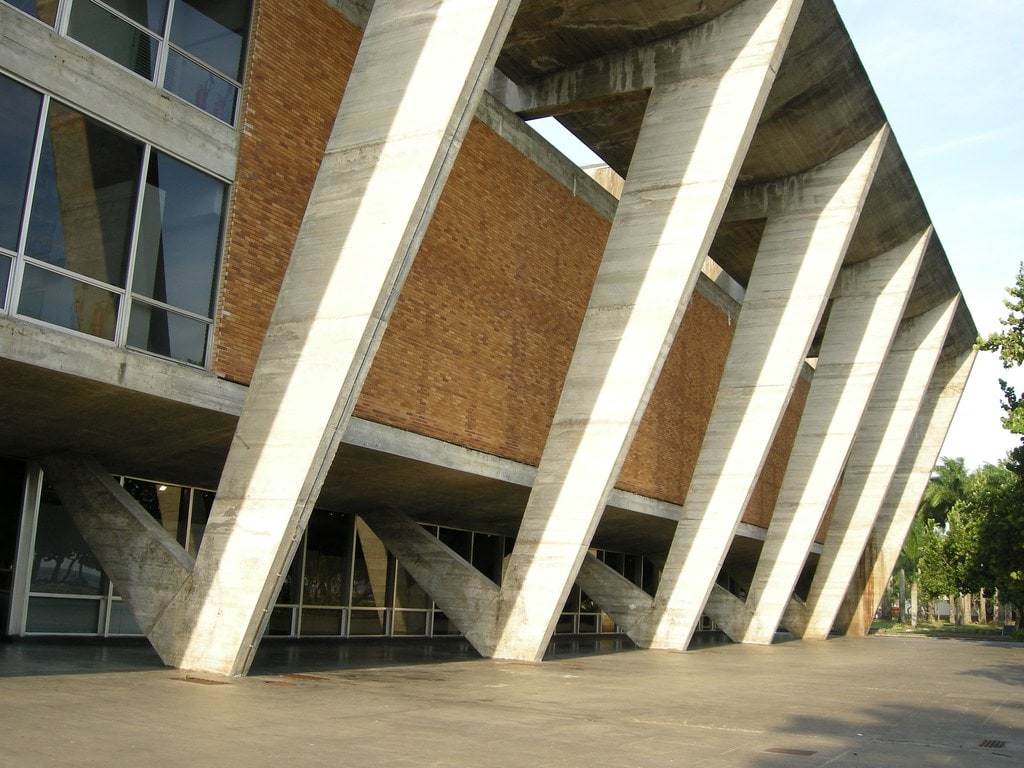
The Museum of Modern Art in Rio de Janeiro is one of the most important cultural institutions in Brazil. It was inaugurated in 1948 by the initiative of a group of entrepreneurs presided over by Raymundo Ottoni de Castro Maya. It is still today a private non-profit organization and stage of events high relevance in the Brazilian artistic avant-garde.
Throughout its history, the MAM has come to gather a collection of highly representative modern art with works by Picasso, Matisse, Salvador Dalí, Portinari, and Di Cavalcanti. Much of it, however, was utterly destroyed in a tragic fire in 1978.
Today its collection is composed of approximately 11 thousand pieces, much of it from the Gilberto Chateaubriand Collection, deposited under a lending regime in the museum in 1993, which includes paintings by Cândido Portinari, Tarsila do Amaral, Lasar Segall, Di Cavalcanti, engravings of Oswaldo Goeldi, among others.
In addition to the permanent exhibition, MAM Rio usually hosts important national and international temporary exhibitions. Stay tuned for the calendar on the official website.
How to arrive: By subway – Line 1 Cinelândia Station + Walk or VLT.
** Museum of Modern Art:
Infante Dom Henrique Avenue, 85 – Parque do Flamengo.
Tuesday to Sunday, from 12 p.m to 6p.m. Tickets at R$ 14,00. Free admission for children up to 12 years and every Wednesday from 15h. On Sundays, there is a family ticket: R$ 14,00 for up to 5 people.
4. National Historical Museum (MHN)
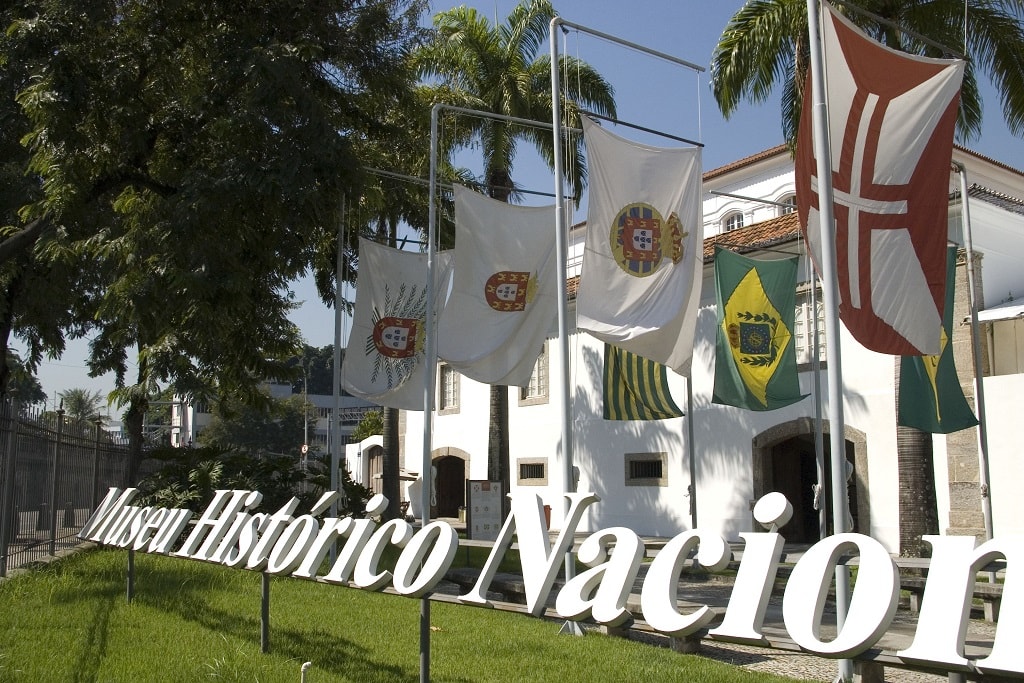
The National Historical Museum is entirely dedicated to the History of Brazil. Located in Marechal Âncora Square, in the historic center, was created in 1922 as part of the celebrations of the Centennial of Independence of Brazil. Its first director, the lawyer and journalist Gustavo Barroso, was authorized to choose pieces from the collection of several institutions already existing in the country and chose the best ones. For this reason, in addition to essential donations from private collectors, the National Historical Museum ended up with an incredible collection that now adds more than 300 thousand pieces, among manuscripts, iconography, furniture, armor, sculptures, and clothing.
On the ground floor, do not miss the “Patio das Canhões,” which presents a collection of cannons from the colonial period and the permanent exhibition “From the mobile to the car,” with a large number of 19th-century carriages. On the second floor, visitors have the opportunity to learn a little about the formation of Brazil through four galleries. “Oreretama” is dedicated to the Indians who lived (and still live) in Brazil. “Portuguese in the World” shows the trajectories of the Portuguese in the period of great navigations and the process of colonization in Brazil. “The Construction of the State” covers the Independence of Brazil and the Imperial Period. At last, “The Construction of Citizenship” tells the story of the Brazilian Republic, from its proclamation to the present day.
How to arrive: By subway – Line 1 Cinelândia Station + Walk.
** National Historical Museum:
Praça Marechal Âncora s / n ° – Centro.
Tuesday to Friday from 10 a.m to 5:30 p.m. Saturdays, Sundays and Holidays from 1 p.m to 5p.m.
Tickets: R$ 10,00. Half-admission for people up to 21 years and over 60; persons with disabilities and their companion; students of private schools; students from private and public universities.
Gratuity for children up to two years old, students and teachers of public schools, students of Museology, Tour guides, Plastic artists associated with SINAP-ESP and AIP organizations.
On Sundays the entrance is free. Temporary exhibitions may have specific times and ticket values.
5. Chacara do Céu Museum | Museums Castro Maya
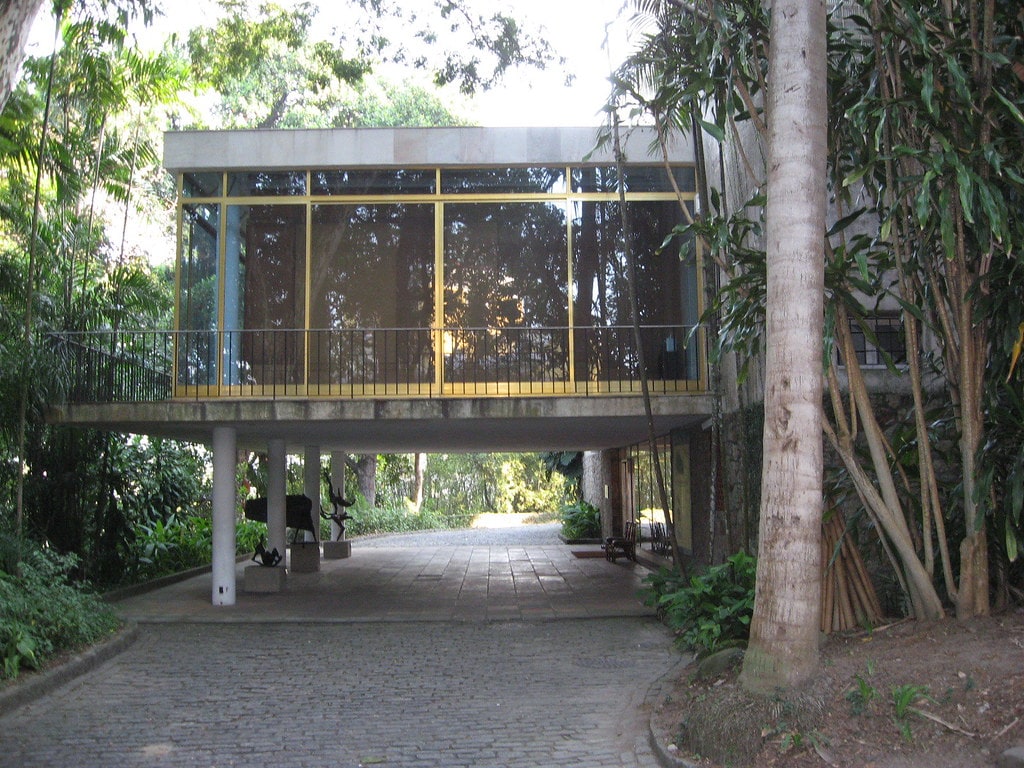
The Chácara do Céu Museum gathers the former private collection of businessman Raymundo Ottoni de Castro Maya. Its collection is extensive and diversified. There are more than 22,000 pieces, most of them acquired by Castro Maya between 1920 and 1960, and others inherited from his father, gathered since the end of the 19th century. The collection includes large sets of Brazilian art from the 16th century onwards. But the highlight goes to the two largest public collections of artists Jean-Baptiste Debret and Cândido Portinari. There are also examples of Arts and Crafts, oriental art and European art from the 19th and 20th centuries, including a vast core of Porto tiles.
Go to Chacara do Céu Museum during your visit to the Santa Teresa neighborhood, one of the 10 must-see attractions of the city.
How to get there: By car or with Santa Teresa’s Tram (very close to the Carioca Subway).
** Chácara do Céu Museum:
Murtinho Nobre Street, 93, Santa Teresa.
Daily, except Tuesdays, from 12 p.m to 5 p.m.
Entrance: R$ 6,00 / R$ 3,00 (students). Free entrance for children under 12, people over 65, school groups, teachers and tour guides in service. Free entrance for everybody on Wednesdays.
6. Tomorrow Museum (Museu do Amanhã)
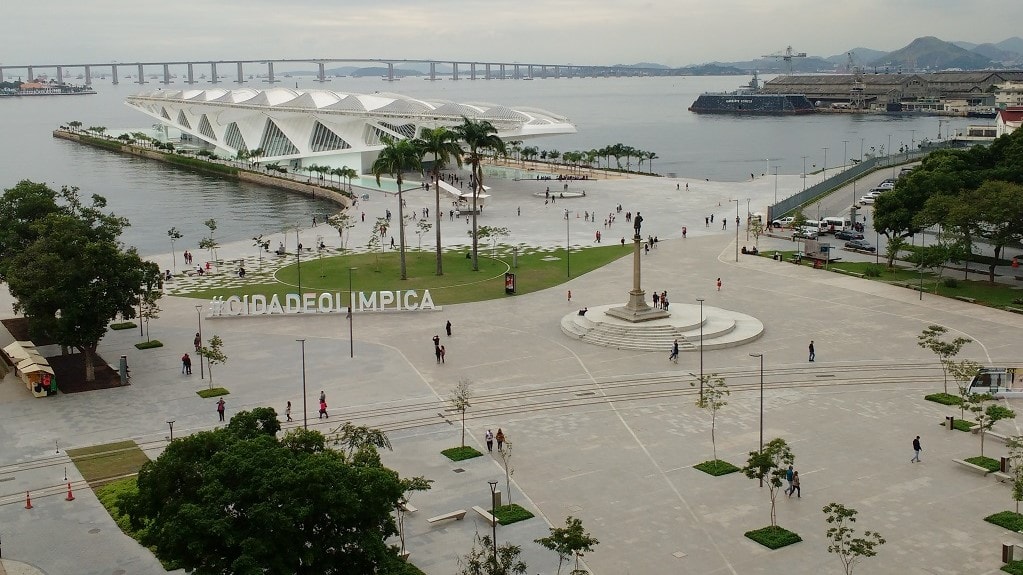
The Tomorrow Museum is a museum of arts and sciences that features exhibitions that warn about the dangers of climate change, environmental degradation, and social collapse. The museum has partnerships with leading Brazilian universities and global scientific institutions and collects real-time data on the climate. The institution also has consultants from various areas, such as astronauts, social scientists, and climatologists.
Built during the reforms of the port area, in Mauá Square, the project was designed especially for the 2016 Olympics in the city. Its construction was supported by the Roberto Marinho Foundation, and the total cost was about 230 million reais. What used to be an old jetty, now has a postmodern, organic and sustainable construction that is currently an icon of Rio de Janeiro.
The collection is interactive and proposes a reflection on new technologies. The kids, especially, have a lot of fun around! If you are accompanied by them, combine your visit with a tour at AquaRio – our aquarium they also love! If you are two or between adults, mix with a visit to the Rio Art Museum (MAR), and enjoy one of the region’s Samba or, if it is in April and May here, it is worth taking advantage of the Comida di Buteco Circuit.
How to arrive: From Subway – Line 1 Uruguaiana Station + Light walk.
** Tomorrow Museum:
Praça Mauá, 1 – Centro.
Tuesday to Sunday, from 10am to 6pm (with the last check in at 5pm).
Tickets: R $ 20,00. On Tuesdays admission to the Museum is free for all (directly at the ticket office, no online ticket). For half-admission and other gratuities on other days, check the official website of the museum.
7. Rio Art Museum (MAR)
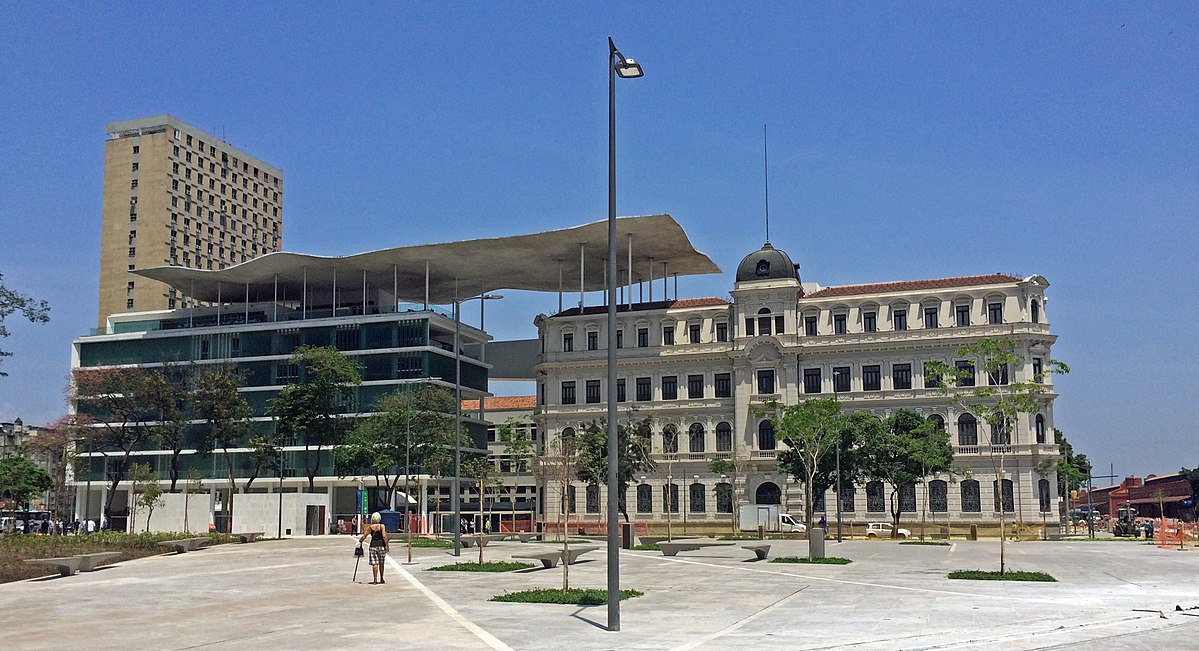
Like the Museum of Tomorrow, the MAR is also a fruit of the revitalization process through which Mauá Square and the port area of Rio de Janeiro went to the 2016 Olympics. The museum is a partnership of the Roberto Marinho Foundation with the City Hall and the state and federal governments that seek to promote an appreciation of the History of the city.
Despite not having a very expressive collection, MAR in recent years has been outstanding for hosting very creative temporary exhibitions on different artistic aspects in Rio de Janeiro. Therefore, it is worth to follow the schedule and includes a visit to the museum during your tour around Mauá Square.
How to get there: From Subway – Line 1 Uruguaiana Station + Light walk.
** Museu de Arte do Rio:
Praça Mauá, 5, Centro.
Tuesday to Sunday, from 10 a.m to 5 p.m.
Tickets: R$ 20,00. Combined: (MAR + Museum of Tomorrow) R$ 32.
On Tuesdays, free entrance for all. For half-admission and gratuities, see the museum’s official website.
8. Imperial Museum of Petropolis
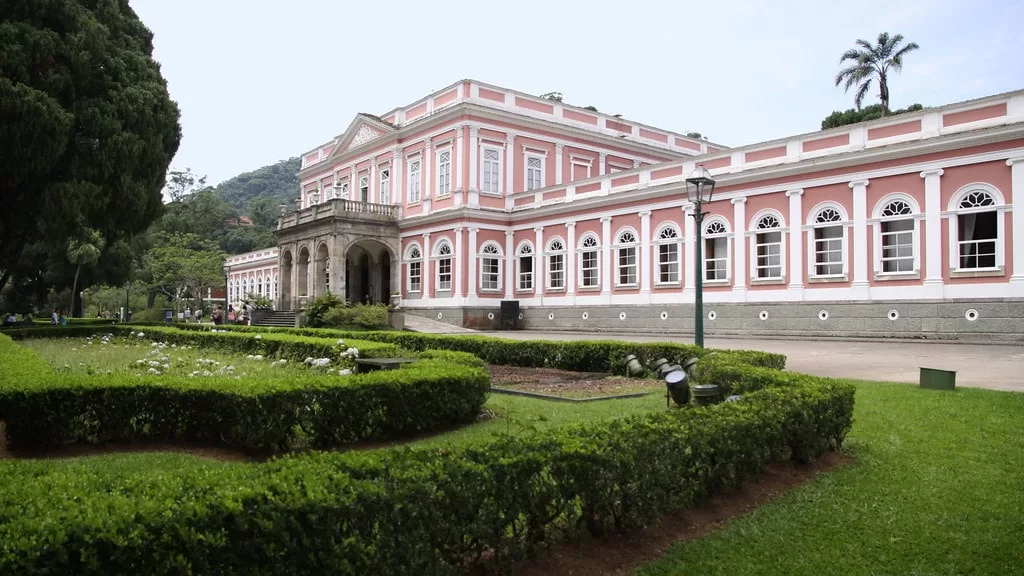
This is the favorite museum of the one who writes to you! The build was the former summer residence of the Brazilian imperial family, it was there that the emperor D. Pedro II went whenever he wanted to escape the heat of Rio de Janeiro or the tribulations of the court. But do not expect a pompous mansion. The imperial house was spacious and simple, just as the emperor wanted.
Today, the Museum reconstructs the environments of the old palace and tells very well the history of this family of Portuguese origin who chose and loved Brazil as their homeland. The museum is in Petrópolis, a mountain town full of exciting attractions, and not by chance one of our 5 tours for those who want to escape the Carnival of Rio de Janeiro.
How to arrive:
To get to Petrópolis by bus, go to Novo Rio Bus Station. Tickets cost less than R$ 30,00 per way and buses from Unica-Fácil company leaves every hour. To buy your ticket online, click here. Arriving at the city bus station, you will need to take a taxi, a UBER or a bus to the Center. But the tours mentioned above can all be done on foot.
If you decide to hire a car, the tour might be more fruitful. It is possible to stop in a belvedere in the middle of the road, in the Palace Quitandinha, just at the entrance of the city. If you like steaks, have lunch at Churrascaria Lago Sul, right there on the lake in front of the old hotel. If you prefer a quick snack, stop at the famous Casa do Alemão and try the Sausage Bread and the Meat Croquet, the flagship of the house. But, attention, the driver of the time will probably have to dispense the tasting at the Bohemia Brewery because the roundups are very stricter in Rio! Be aware!
** Imperial Museum:
Rua da Imperatriz, 220 / Centro – Petrópolis – RJ
Tuesday to Sunday, from 10:30 a.m. to 6:00 p.m. Gardens: from Tuesday to Sunday, from 7:00 am to 5:30 pm.
Entrance: R$ 10.00. Half-entrance for students, teachers and over 60 years.
9. National Museum
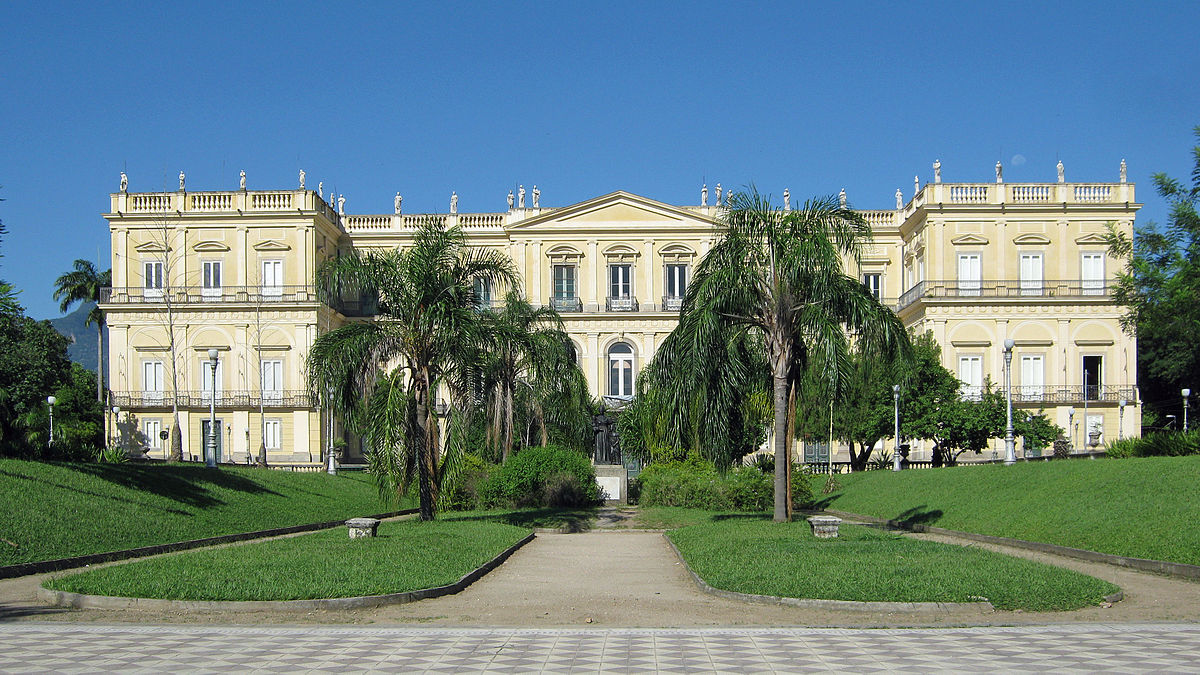
The National Museum is the oldest scientific institution in Brazil. And until September 2018, it was one of the largest museums of natural history and anthropology in the Americas. Its collection began to be formed by the Brazilian imperial family, especially by D. Pedro II who was a lover of arts and knowledge. In August 2018, its collection consisted of 20 million items, encompassing some of the most relevant records of the Brazilian memory in the field of natural and anthropological sciences, as well as large and diversified sets of items from different regions of the planet, or produced by people and ancient civilizations. Hence the museum galleries were divided into geology, paleontology, botany, zoology, biological anthropology, archeology and ethnology sections.
Since 1892, the museum occupied the Palace of St. Christopher, which served as the residence to the Portuguese royal family from 1808 to 1821, and housed the Brazilian imperial family from 1822 to 1889. Unfortunately, in August 2018, the National Museum suffered a terrible fire with some irreparable losses. Because of its importance, we could not fail to include it in this list. But for now, the museum is closed for recovery of its collection and house, with no forecast for completion of works.
** Nacional Museum:
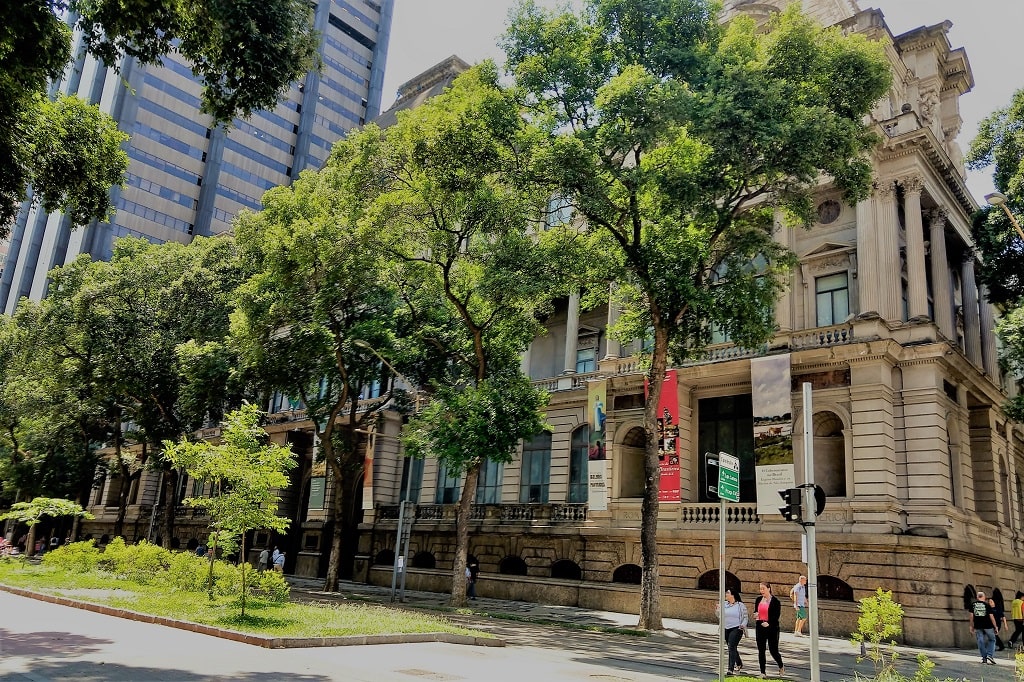
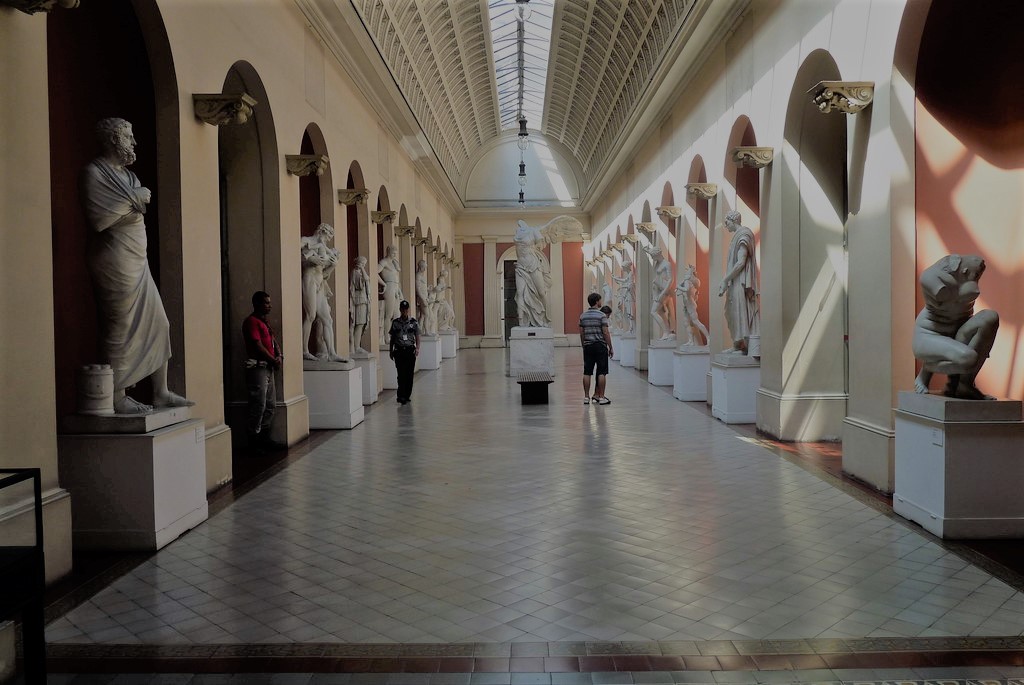


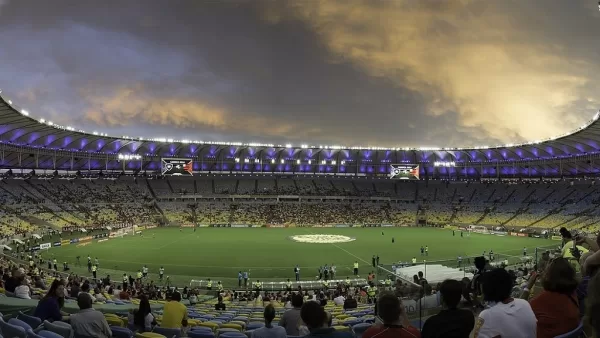

Pingback: Rio de Janeiro para a Terceira Idade | Rio de Janeiro by Cariocas
Pingback: Rio de Janeiro for Seniors | Rio de Janeiro by Cariocas